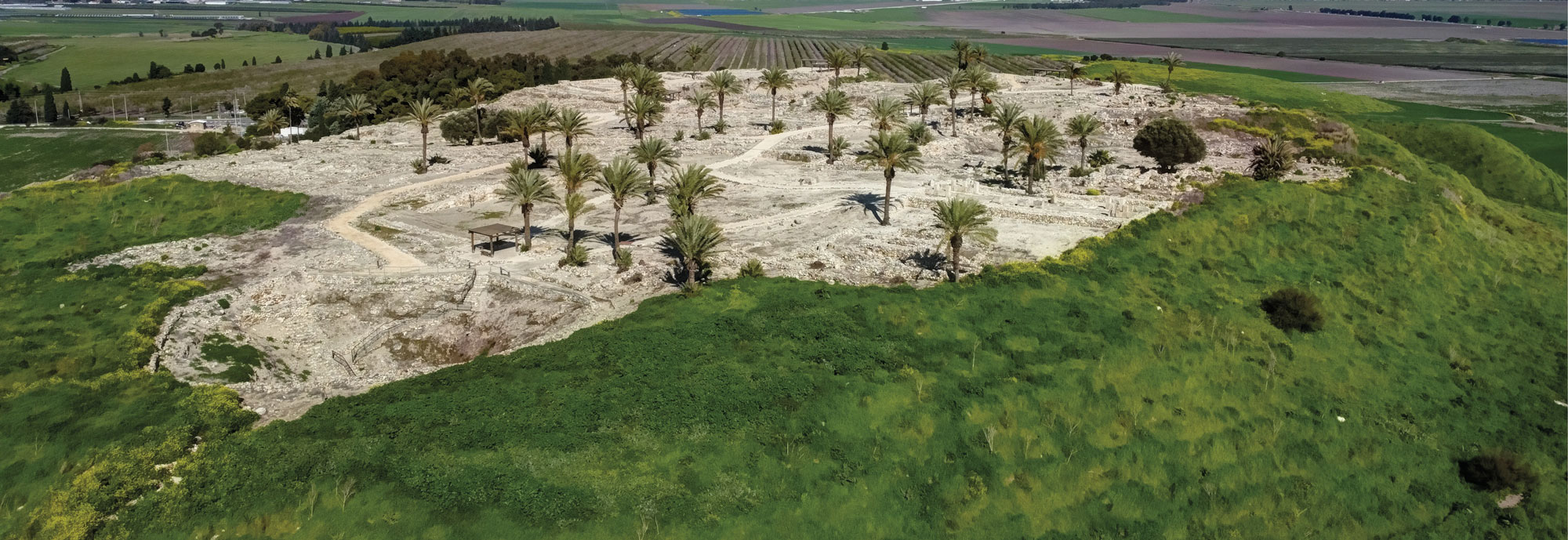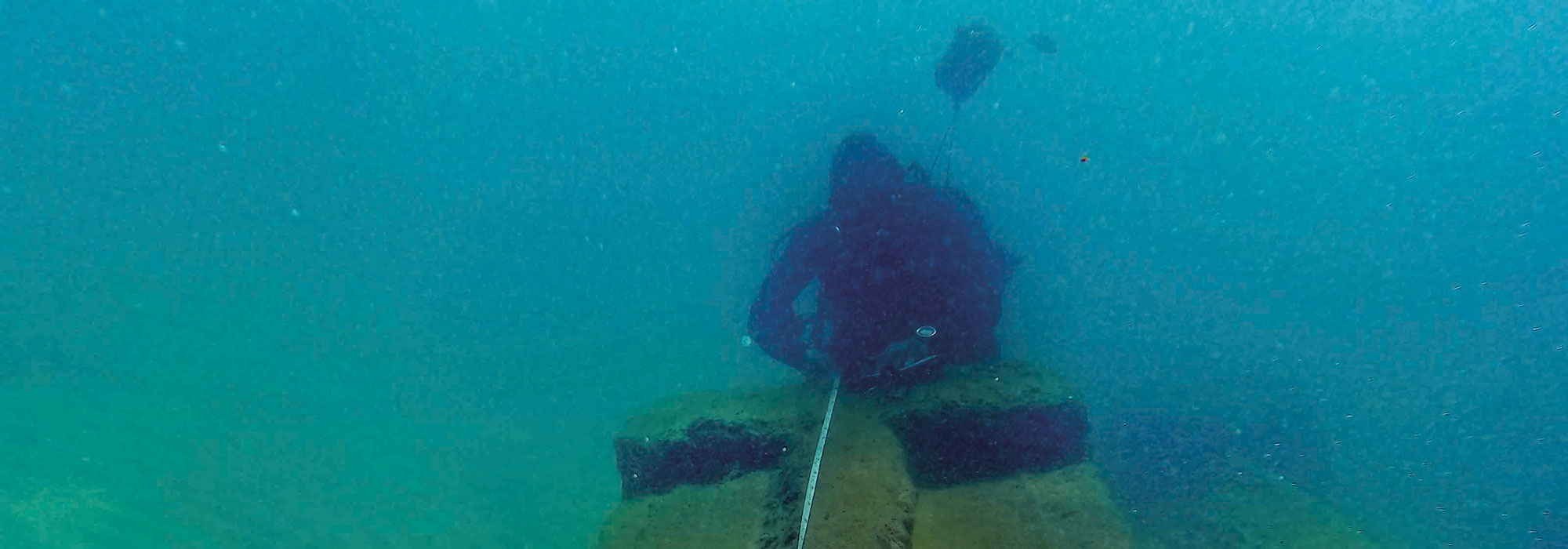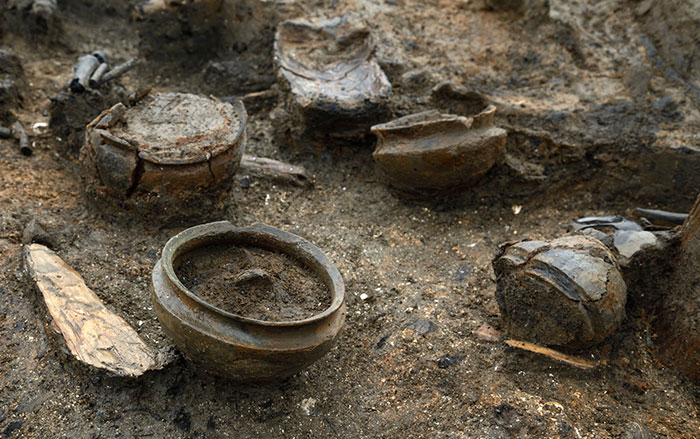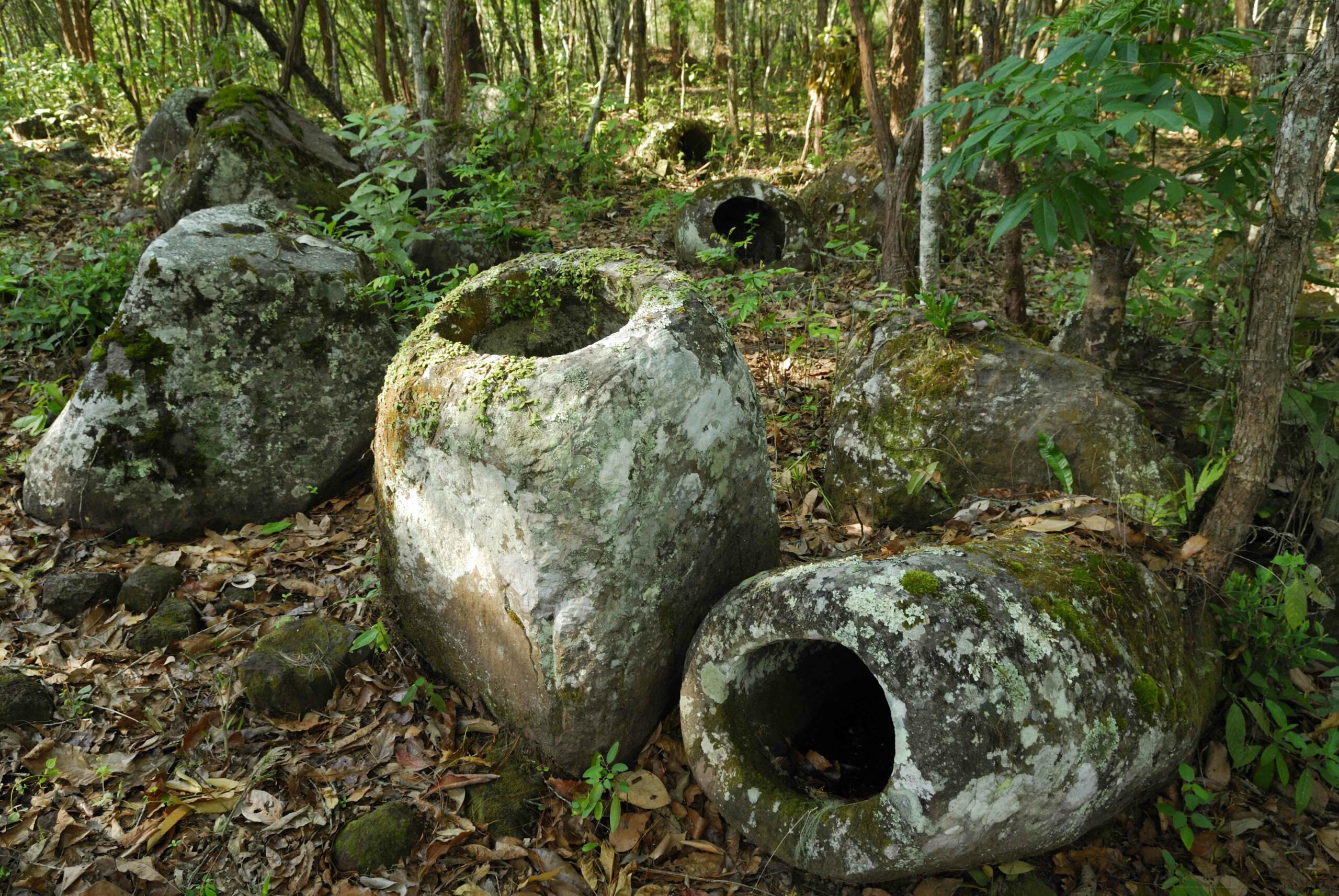
JERUSALEM, ISRAEL—The Times of Israel reports that researchers from Hebrew University and the Israel Antiquities Authority have found a twelfth cave where Dead Sea Scrolls are thought to have been hidden more than 2,000 years ago. The Dead Sea Scrolls represent more than 900 Jewish historic and religious documents, including texts of the Hebrew Bible, and philosophical works by members of the community that lived at Qumran during the Second Temple period. Led by archaeologists Ahiad Ovadia and Oren Gutfeld, the team members recovered a scrap of parchment in a jar, at least seven broken containers like the ones found in other Dead Sea Scroll caves, a leather strap for binding scrolls, and a cloth for wrapping them. The excavators also found flint blades, arrowheads, a carnelian stamp seal, and pickaxes dated to the 1940s, when the cave is thought to have been plundered and the scrolls removed. Scholars will have to rethink what they know about how the scrolls were stored. “How can we know for sure that they only came from 11 caves?” Gutfeld said. “For sure there were 12 caves, and maybe more.” For another recent find in Israel, go to “Mask Metamorphosis.”











